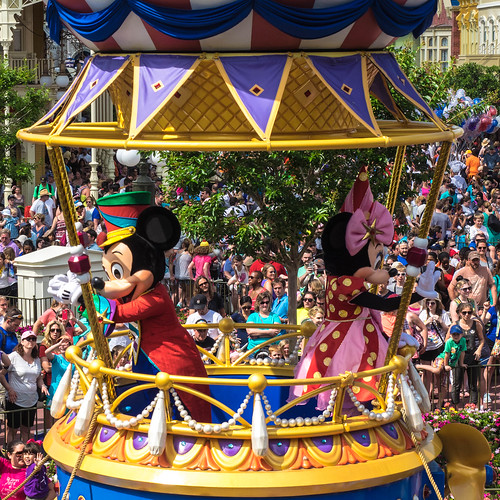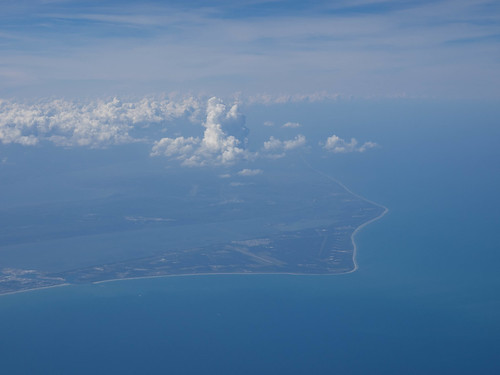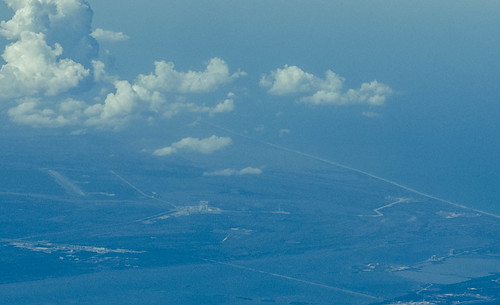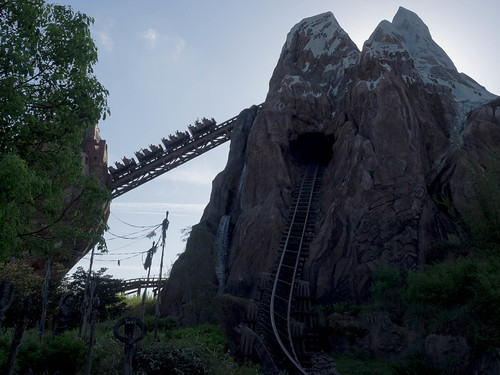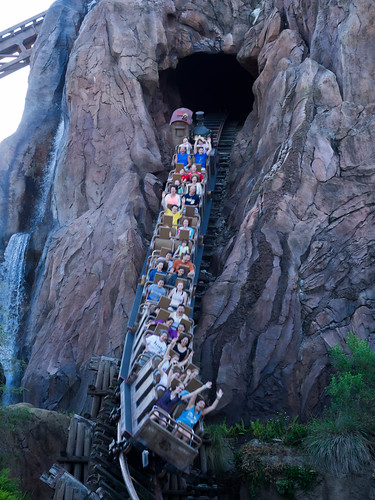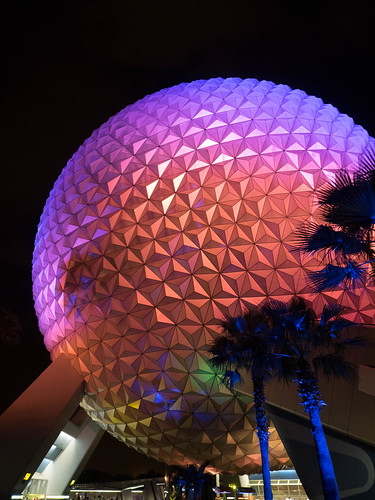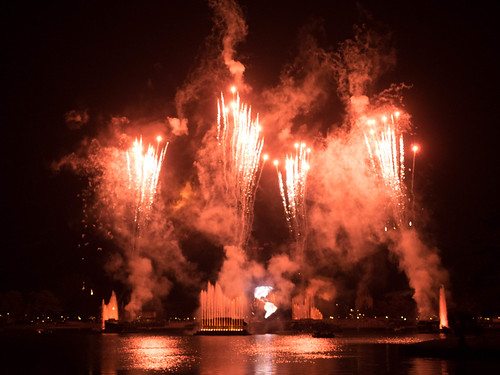
Aside from not mentioning the true size of the UK national debt (£1.5tn) or the possible increase of VAT to 21% (yielding £5bn per annum), another topic that gets scant commentary is the options around UK's nuclear deterrent.
It's very much a binary discussion typified by 'Yes, spend £100bn' vs 'No, scrap, it'. I recently re-watched the movies Dr Strangelove and Fail-Safe, which are both about Mutually Assured Destruction. Both from 1964, shot in black and white, one billed as a comedy with Peter Sellars and the other with Walter Matthau playing a professorial hawk to Henry Fonda's president.
No surprise that in both movies it doesn't end well.
Today's major political parties don't want to mishandle this egg-basket ahead of the election so we don't get much real analysis. "Don't unbundle this argument" as the strategists will advise.
I decided to have a quick look at some costs.

Technically a part of Trident's replacement, the most recent aircraft carrier built by the UK is called HMS Queen Elizabeth, and was estimated to cost £3.9bn. The spend so far is over £6.2bm, some 60% increase over budget, in around five elapsed years. I'll use that 60% as a typical budget overrun figure in my later calculations.
Next I thought I'd look at the rest of the main elements allocated to Trident's Successor.
- 4 new submarines, to replace the existing Vanguards. These Successor class would cost (according to Tony Blair originally) £15bn-£20bn altogether. Originally it was thought that three, instead of four would be sufficient. The accident when nuclear-laden submarine HMS Vanguard crashed into a French ship and requiring a two-and-a-half years off the sea deep fix might have changed that somewhat.
- Add a second aircraft carrier (HMS The Prince of Wales?), say £7bn. (i.e. a similar amount to HMS QE)
- New missiles. Each submarine carries 16-24 missiles. The system will probably be based upon a lower capacity version of the latest American system, like the Vanguards, which use the Ohio mechanisms. Current Trident II D5 missiles cost about £16.8m, so a submarine full of them would be about £270m, before discounts for bulk. There's a standard size and shape for ICBM MIRVS, so I guess the new ones will follow the same form factor, only with more graphite coatings.
- New planes to put on the boats. Each aircraft carrier will have capacity for, say, 35 F-35B jet-planes and about 4 helicopters. The F-35B costs about US$235m per unit. The next version (the F-35C) ups that to $337m. I'm not sure whether these will all need to be included into the budgeting - presumably the old planes will still fit onto the new carriers? I'll allow 40 units at £200m each = £8bn.
We could also add on the time delays associated with this programme.
The already built HMS Queen Elizabeth won't be ready for service until 2020. The pencilled in submarines won't see the first one in service until 2028. The existing Trident II D5s have modifications which keep them current to 2042.
This all represents a potentially never-ending sales model, linked to the Mutual Defence Agreement with the United States. It seems weird to sell stuff which can't be operational for such a long time that there is a real chance it will be outdated by the time it is operationally commissioned?

For example, I'd expected even more military planes to be smaller and unmanned in the future, like this reconnaissance Scan Eagle, which I spotted racked up next to a F/A 18E/F Super Hornet. Already in heavy use, the unmanned Predator is only one of a class of currently 15 distinct devices including the European EADS Talarion and the curious Italian Piaggio-Selex P.1HH Hammerhead.
But the conventional process is to sell the military some sort of container such as a submarine or a large carrier. Point out it won't do much unless it is populated with the relevant accessories (like a part-work magazine). Then sell or lease all the bits and pieces of missiles, warheads, planes and spares.
Leverage the technology and know-how (but not all of it) from the Americans.
If I add it all together I get something like:
2 Aircraft carrier: £14bn
4 Submarines: £20bn
40 (new) F-35Bs: £8bn
4 subs full of missiles: £1bn
SUBTOTAL: £43bn
But wait, we've already spent the first £6.3bn on HMS QE.
So £36bn * 1.6 estimation error = £60bn.
The other £40bn must be for spares and administration, I suppose?
That's if we want to get to that £100bn figure that is being bandied around. Not far from the £113bn TOTAL cost of the NHS in 2014/15?
The fact that all those expensive planes would then be floating around on just two expensive Palace of Westminster sized egg-boxes probably should not be mentioned.

The D5 missiles are spread over three or four submarines assuming no more shipping accidents. The missiles have a 7,500 mile range, can fly at 13,000 mph and have a purported accuracy of 120 metres at destination. The max per missile payload is 1.4 megatons, so a full submarine load could be as high as 22 megatons, which is about 4 times the power of all the conventional explosives used in World War II.
Like the movies, whether NATO or 'European Army', there wouldn't be much left if it kicked off.
The argument runs that there need to be a few sane nation states with control over nuclear deterrents, so that the nutty states are put off. Here's the list of who has what at the moment...Draw your own conclusions.

So for anyone that is interested in what a missile warhead deployment represents, you can try your own impact analysis
here.
My example shows a single 1.4 Megaton explosion with 15mph wind-drift landing on central London.

No wonder the politicians are avoiding this topic.











